1. Use a Plunger
If you're dealing with a clogged kitchen sink, the first thing you should try is a plunger. This trusty tool can often dislodge the blockage and get your sink draining again in no time. Make sure to use a plunger specifically designed for sinks, as it will have a flat bottom that can create a seal around the drain. Place the plunger over the drain and push down firmly, then pull up quickly to create suction. Repeat this motion several times until the water starts to drain.
2. Try a Mixture of Baking Soda and Vinegar
If the plunger doesn't work, it's time to try a natural solution. Mix 1/2 cup of baking soda with 1/2 cup of white vinegar and pour it down the drain. Let it sit for about 30 minutes, then flush it with hot water. The chemical reaction between the baking soda and vinegar can help break down any debris or buildup in the pipes and clear the clog.
3. Use a Plumbing Snake
If the clog is deeper in the pipes, a plunger may not be enough. In this case, you can use a plumbing snake to reach the blockage. Feed the end of the snake into the drain and turn the handle clockwise to push it through the pipes. Once you feel resistance, turn the handle counterclockwise to break up the clog. Continue to feed the snake through the pipes until the water starts to drain.
4. Pour Boiling Water Down the Drain
Sometimes, all you need is a little hot water to clear a clog. Boil a pot of water and carefully pour it down the drain. The heat can help dissolve any grease or other substances that may be causing the clog. For even better results, add a few tablespoons of salt to the water before pouring it down the drain.
5. Use a Chemical Drain Cleaner
If natural solutions aren't working, you may need to turn to a chemical drain cleaner. These products are designed to break down tough clogs and can be found at most grocery or hardware stores. However, be cautious when using these products as they can be harmful to your skin and eyes. Always follow the instructions carefully and use protective gear such as gloves and goggles.
6. Remove and Clean the P-Trap
If the clog is located in the P-trap, you may need to remove it and clean it out. The P-trap is a curved pipe located under the sink that traps debris and prevents it from clogging the main drain. Place a bucket under the P-trap and use a wrench to loosen the connections. Once the trap is removed, clean it out with a brush and warm soapy water. Then, reattach it and run water to see if the clog is cleared.
7. Use a Wet/Dry Vacuum
If you have a wet/dry vacuum, you can use it to suck out the clog. First, set the vacuum to the wet setting and create a tight seal around the drain with a wet cloth or towel. Turn the vacuum on and let it run for a few minutes. The suction should be strong enough to dislodge the clog and pull it out of the drain.
8. Try a Homemade Drain Cleaner with Salt and Baking Soda
If you prefer to use natural solutions, you can create your own drain cleaner using salt and baking soda. Mix 1/2 cup of each and pour it down the drain. Let it sit for about 15 minutes, then flush it with hot water. The abrasive texture of the salt and baking soda can help break up the clog and get your sink draining again.
9. Use a Drain Auger
If other methods haven't worked, it may be time to use a drain auger. This tool is similar to a plumbing snake but is longer and designed specifically for unclogging drains. Feed the auger into the drain and turn the handle to push it through the pipes. Once you feel resistance, turn the handle in the opposite direction to break up the clog. Continue to feed the auger through the pipes until the clog is cleared.
10. Call a Professional Plumber
If all else fails, it's best to call in a professional plumber to unclog your kitchen sink. They have the tools and expertise to identify and remove even the toughest clogs. Plus, they can also check for any underlying issues that may have caused the clog in the first place. While this may be a more expensive option, it can save you time and hassle in the long run.
If you're dealing with a clogged kitchen sink, don't panic. With these 10 methods, you can quickly and easily unclog your sink and get back to your daily routine. Just remember to always follow safety precautions and if the clog persists, it's best to call a professional for help.
Reasons for a Clogged Kitchen Sink

Grease and Food Buildup
 One of the most common reasons for a clogged kitchen sink is the buildup of grease and food particles. As we use our sinks to clean dishes and wash away leftover food, small particles can accumulate in the pipes and cause blockages.
Grease
is especially problematic as it can solidify and stick to the inside of the pipes, making it difficult for water to pass through.
One of the most common reasons for a clogged kitchen sink is the buildup of grease and food particles. As we use our sinks to clean dishes and wash away leftover food, small particles can accumulate in the pipes and cause blockages.
Grease
is especially problematic as it can solidify and stick to the inside of the pipes, making it difficult for water to pass through.
Foreign Objects
 Another culprit for a clogged sink is
foreign objects
. This can include items like utensils, straws, and even small toys that accidentally fall into the sink. These objects can get caught in the pipes and prevent water from flowing freely. It's important to be mindful of what goes down the sink to avoid these types of clogs.
Another culprit for a clogged sink is
foreign objects
. This can include items like utensils, straws, and even small toys that accidentally fall into the sink. These objects can get caught in the pipes and prevent water from flowing freely. It's important to be mindful of what goes down the sink to avoid these types of clogs.
Old or Damaged Pipes
:max_bytes(150000):strip_icc()/how-to-unclog-a-kitchen-sink-2718799_sketch_FINAL-8c5caa805a69493ab22dfb537c72a1b7.png) Over time,
old or damaged pipes
can also contribute to a clogged kitchen sink. As pipes age, they can become corroded or develop cracks and leaks, allowing debris to get stuck and form blockages. It's important to regularly inspect and replace old or damaged pipes to prevent clogs and maintain a functioning sink.
Over time,
old or damaged pipes
can also contribute to a clogged kitchen sink. As pipes age, they can become corroded or develop cracks and leaks, allowing debris to get stuck and form blockages. It's important to regularly inspect and replace old or damaged pipes to prevent clogs and maintain a functioning sink.
Preventing Clogged Kitchen Sinks

Proper Disposal of Grease and Food
 To avoid buildup and potential clogs, it's important to properly dispose of
grease and food
from dishes and cooking. Instead of pouring grease down the sink, let it solidify and scrape it into the trash. Use a sink strainer to catch food particles and empty it into the trash as well.
To avoid buildup and potential clogs, it's important to properly dispose of
grease and food
from dishes and cooking. Instead of pouring grease down the sink, let it solidify and scrape it into the trash. Use a sink strainer to catch food particles and empty it into the trash as well.
Regular Maintenance
 Performing regular maintenance on your kitchen sink can help prevent clogs and keep your pipes in good condition. This includes using a plunger or drain snake to clear any minor clogs and periodically cleaning the pipes with a mixture of hot water and vinegar.
Performing regular maintenance on your kitchen sink can help prevent clogs and keep your pipes in good condition. This includes using a plunger or drain snake to clear any minor clogs and periodically cleaning the pipes with a mixture of hot water and vinegar.
Professional Help
 If you're experiencing frequent clogs despite taking preventative measures, it may be time to call in a professional plumber. They can inspect your pipes and use specialized tools to remove any stubborn clogs and ensure your sink is functioning properly.
In conclusion, a clogged kitchen sink can be a frustrating and inconvenient problem to deal with. However, by understanding the main causes and taking preventative measures, you can keep your sink free of blockages and functioning properly. Remember to properly dispose of grease and food, perform regular maintenance, and seek professional help if needed. By following these tips, you can unclog your kitchen sink and keep it running smoothly for years to come.
If you're experiencing frequent clogs despite taking preventative measures, it may be time to call in a professional plumber. They can inspect your pipes and use specialized tools to remove any stubborn clogs and ensure your sink is functioning properly.
In conclusion, a clogged kitchen sink can be a frustrating and inconvenient problem to deal with. However, by understanding the main causes and taking preventative measures, you can keep your sink free of blockages and functioning properly. Remember to properly dispose of grease and food, perform regular maintenance, and seek professional help if needed. By following these tips, you can unclog your kitchen sink and keep it running smoothly for years to come.


















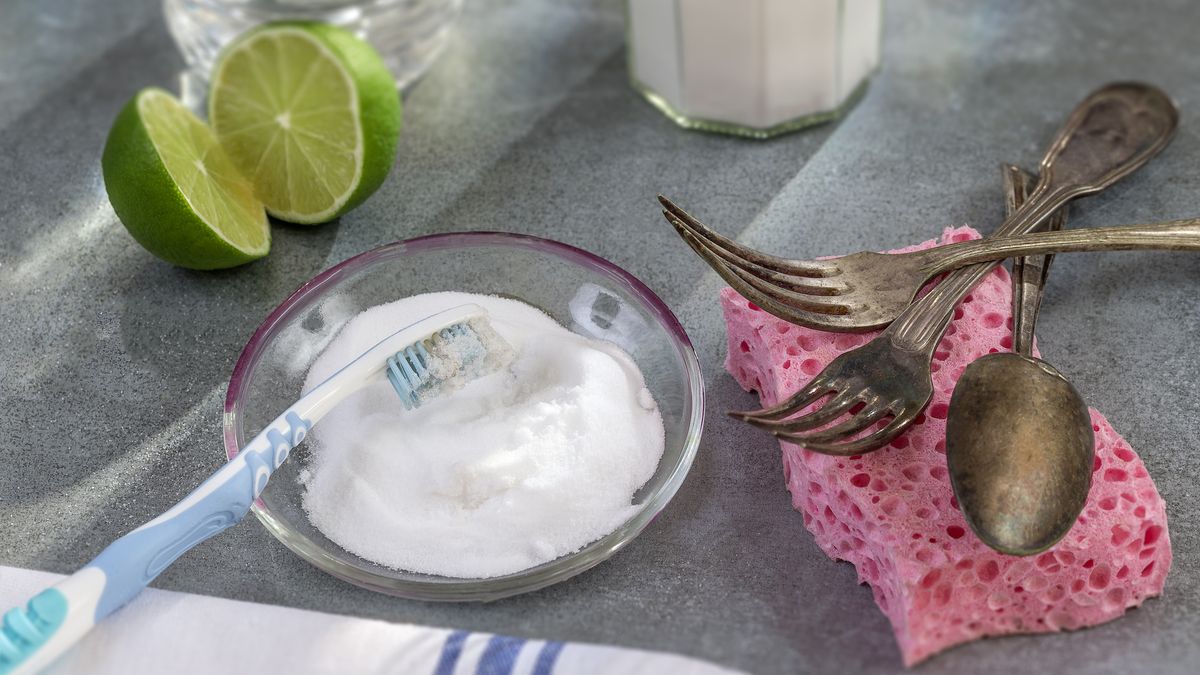





















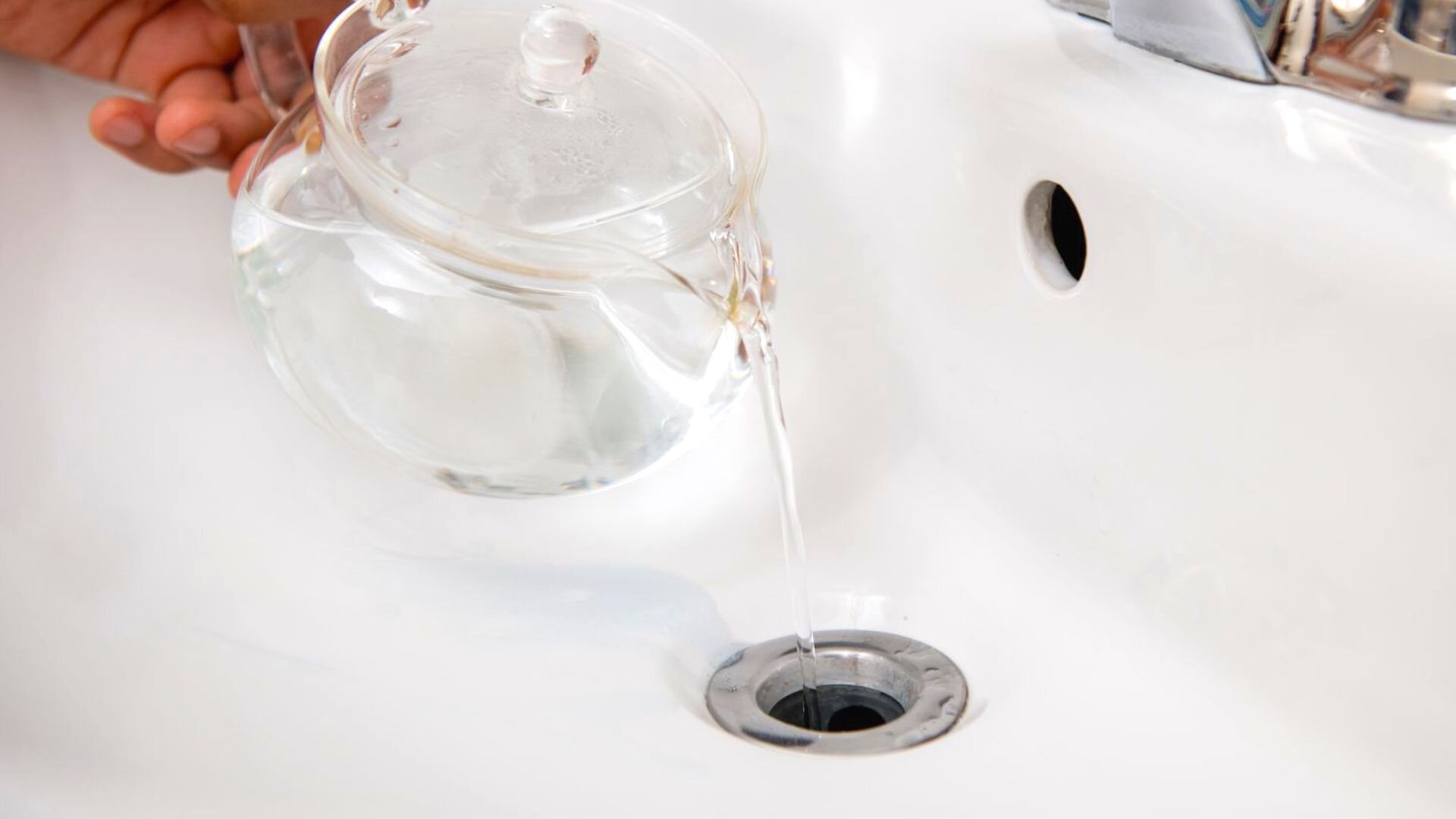


.jpg?time=1689761045394)




























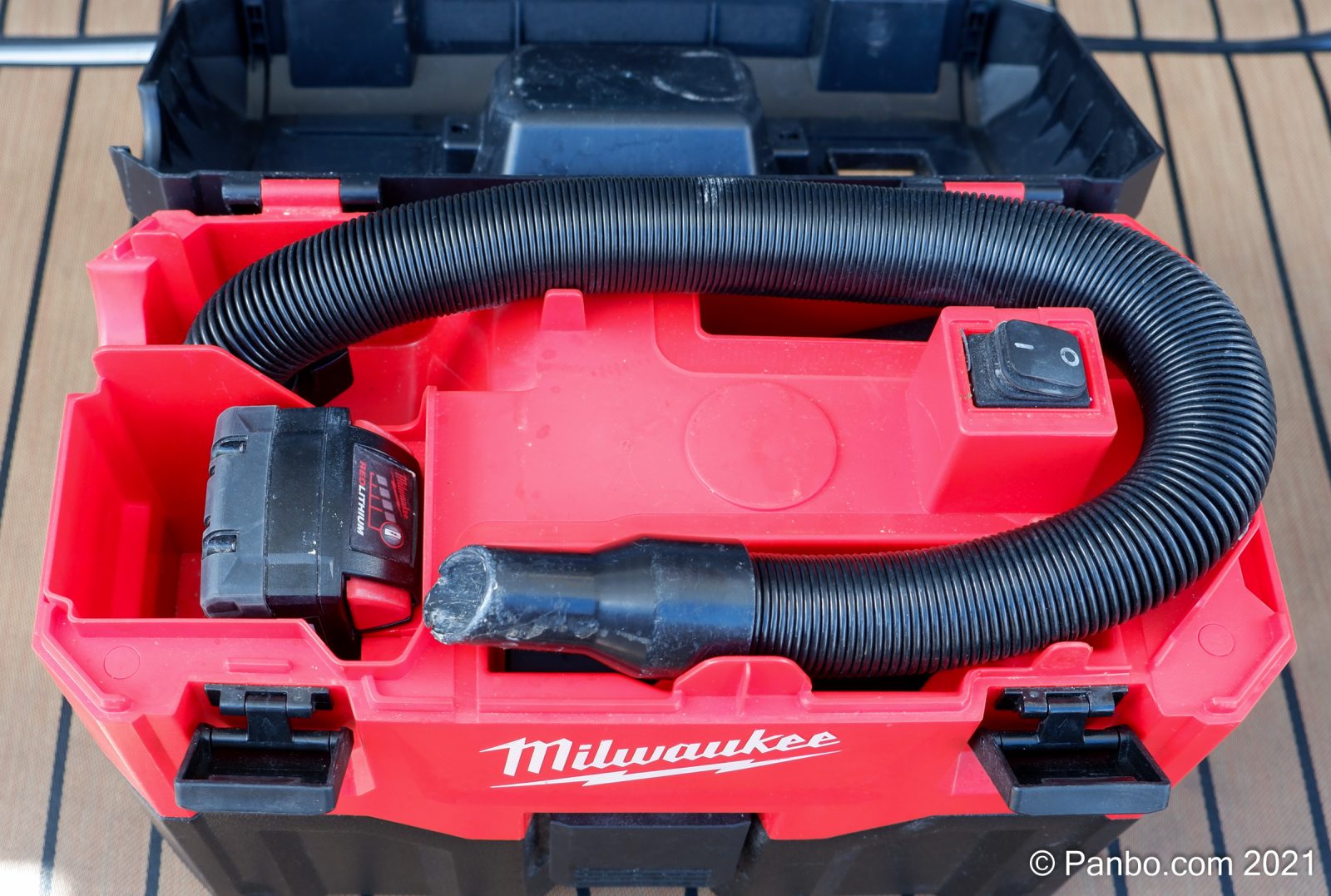
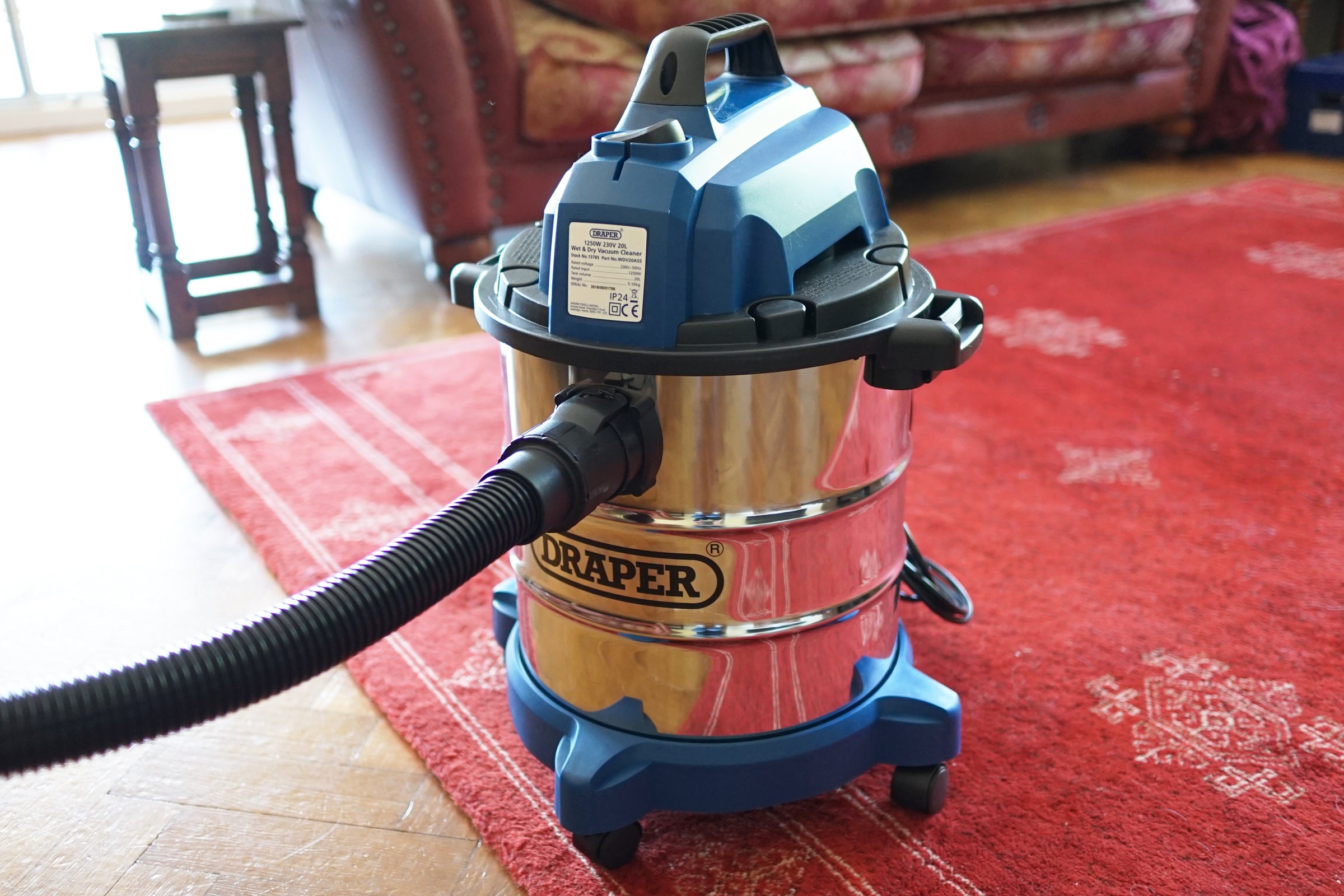











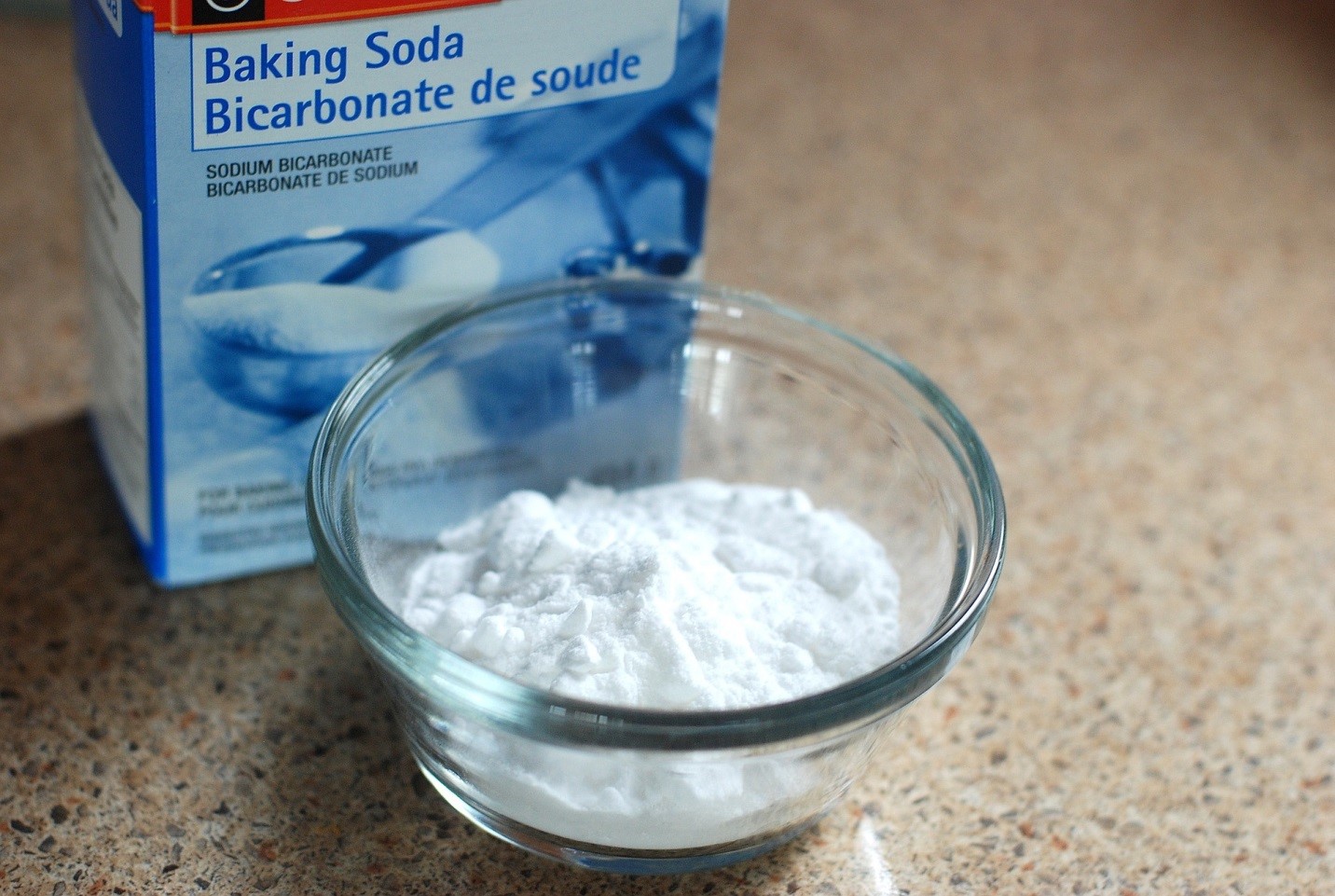


:max_bytes(150000):strip_icc()/freshen-and-unclog-drain-with-baking-soda-1900466-18-1a5b5da01939471ca8f8823865bd1ce8.jpg)


:max_bytes(150000):strip_icc()/freshen-and-unclog-drain-with-baking-soda-1900466-15-166f69a0d4ee4cad85a0f221bf3fdcd0.jpg)
:max_bytes(150000):strip_icc()/homemade-drain-cleaner-2718784_01_1041-09a5264ba2a34698816e62a385f0895f.jpg)





/how-to-use-a-sink-auger-1825090-hero-70d39960647643819dbb4c1f3a05e929.jpg)




















